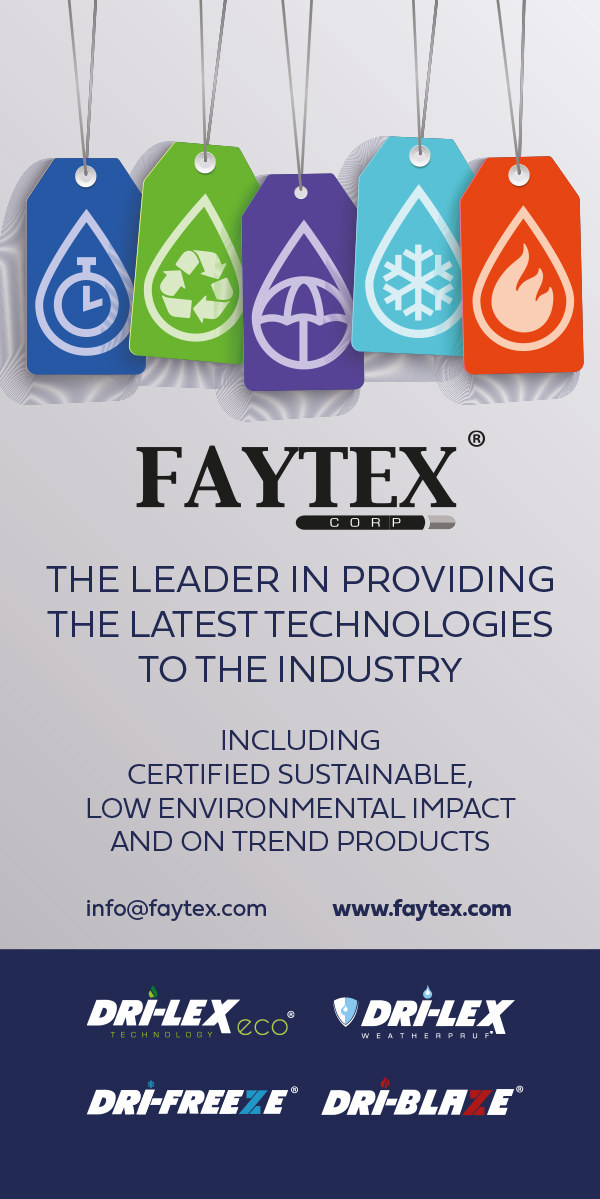Propelled forward

A ban by the NBA for Athletic Propulsion Labs’ first shoe came as a shock to the twin brothers who launched the start-up fresh from college, but it has turned out to be blessing in disguise.
An official communication from the National Basketball Association (NBA) in October 2010 caused consternation in the small office that footwear brand Athletic Propulsion Labs (APL) had at the time. The company, the brainchild of twin brothers Adam and Ryan Goldston had launched only the year before and had been selling its debut product, a shoe called the Concept 1, for just four months when the message from the NBA arrived. Its purpose was to make clear to APL that the shoe was banned and athletes were not allowed to wear it in official matches.
Lifelong basketball enthusiasts, the twins had also played at a high level, representing the University of Southern California (USC) in intercollegiate competitions. They had developed a technology called Load ’N Launch and incorporated it into the Concept 1 shoe. This technology, now patented, consists of a device housed in a cavity at the front of the shoe, which first compresses as the athlete steps forward and then releases the stored energy when the wearer jumps.
A diving-board for feet
APL presents the device as a top plate and a bottom plate connected at one end by a hinge-pin. The top plate has holes to allow air transfer for comfort and better compression. Between the two plates, there is a layer of EVA foam, which provides cushioning and energy return and which holds in place a series of springs. Many attempts to use technology to put an extra spring in people’s step have focused on the heel of the shoe. Load ’N Launch is very deliberately positioned in the forefoot. “We thought there was a big opportunity in putting the technology there,” Adam Goldston says. “That’s where all the action is when you are jumping.”
He describes Load ’N Launch as a diving-board for feet. “It’s a spring-based system,” he explains. “The device compresses when you put pressure on it and, when you jump, it releases the pressure and propels you upwards. The average athlete immediately notices an increase of between one and three inches [between 2.5 and 7.5 centimetres] in their leap.” But the 2010 message from the NBA appeared to put at risk the company’s plans for bounding into the busy athletic shoe marketplace with this innovation. The organisation said its decision to ban the Concept 1 was based on league rules, under which players may not wear any shoe during a game “that creates an undue competitive advantage”.
Dreams of dunking
Initially, a silence fell in the APL office; the entire team (four people at that time, including the founders) was at a loss about what to do in response to the ban. Then, Ryan Goldston sought and received sage advice from a university professor, whose public relations course he had attended at USC. Like all good PR professionals, the faculty member soon found a way of turning the NBA’s disappointing decision to APL’s advantage. Yes, basketball officialdom had banned the shoes, but in doing so, it had confirmed something the company had wanted to tell the world from the outset: the footwear and the technology inside it promised wearers an advantage.
According to Adam Goldston, many basketball fans and players, in their imaginations at least, are only “one inch away from dunking”. They imagine themselves sailing through the air, ball in hand, ready to score, like Vince Carter at the Sydney 2000 Olympics. The APL co-founder says he remembers his own first dunk very well and that the brand wants lots of others to have the same feeling. “We were obsessed with dunking and with jumping as high as we possibly could,” he says of his twin brother and himself. To have the NBA confirm the results of lab tests APL had already carried out, and to suggest that the Concept 1 was a shoe that could provide the extra lift people craved made an instant impact.
Blessing in disguise
Thus, the ban became a blessing in disguise. Being able to communicate this advantage to dunking hopefuls, with the inadvertent backing of no less a body than the NBA, quickly rekindled the company’s ambitions for success. “We put out a press release and our lives changed,” Adam Goldston continues. “Within ten days, a million articles had been written about us and we sold nine months of inventory in three days. We used the money to buy future inventory and that has fuelled everything else we’ve been able to do since.”
Much has happened at the company in the 15 years that have followed the ban. Highlights include TechLoom. This technology, which uses performance fibres to weave a seamless, one-piece upper for each shoe, first launched in 2014. APL says this technology has been a key component of many of its successful shoe launches in recent years. The “tons of iterations” that it has introduced include UV-charged and 3D-stretch versions of TechLoom, and one for Formula One (APL is the official footwear partner of the Oracle Red Bull Racing team) that is fire- and abrasion-resistant.
In 2018, APL brought out the TechLoom Breeze Merino Wool shoe, describing it as its most sustainable and lightest running shoe to date. It teamed up with wool promotions body The Woolmark Company to create the product, which is made from 80% Australian merino wool. It was the first technical-knit footwear to be certified by The Woolmark Company.
Pandemic projects
Another TechLoom shoe, the Zipline, is the brand’s current bestseller. This shoe comes from two personal experiences that the twins had in the build-up to its creation. During a trip to Dubai in 2019, they went ziplining over the city, which, Ryan Goldston says, “felt like flying”. The second experience was one day walking extensively in Tokyo and stopping off to sample fluffy Japanese pancakes.
When the covid-19 lockdowns hit, he and his co-founder frequently found themselves talking about the travel experiences they could no longer enjoy and reminiscing about trips that brought back happy memories, including those to Dubai and Tokyo. From this, the TechLoom Zipline was born. “We decided we should design a shoe on which the upper would make the wearer feel free, the way we did on the zipline experience,” he explains. “The TechLoom makes it possible for you to feel the air running over you, and the upper also has support that reminds you of the harness for a zipline.” For the midsole, he continues, the company created a light, soft, fluffy construction, now called FutureFoam. “We had to learn how to make the pancakes first,” Ryan Goldston makes clear, “and that was the inspiration for the foam.”
Bridge between performance and luxury
APL designs, he continues, always start with the functional aspects, but the aesthetics matter, too. “We have always believed that performance at the highest level is really beautiful,” he says. “Sport and performance constitute one pillar of what we do, and luxury and fashion are the other pillar. We want to sit in the centre and be a bridge between them. We want to create beautiful, performance products.”
At the end of 2023, the brand extended this idea to an entire store, the one it opened on Prince Street in SoHo in New York. Shoes here are in tastefully lit, individual presentation cases set into the wall. Imported onyx, marble and other materials provide a taste of luxury in the store’s five ‘vanity rooms’, where customers can try the products on. The Goldston brothers modelled the presentation of their products in the SoHo store on watch brand Audemars Piguet, whose famous Royal Oak sports watch is a particular inspiration for APL. The watch is a performance product that belongs in the luxury world as well, according to the description the APL founders have come up with. They believe their shoes can achieve this, too.
The Concept 1 shoe is still banned, but all this has done is propel APL forward.
Note: Adam and Ryan Goldston were among the speakers at the 2025 CES event in Las Vegas.
Adam (left) and Ryan Goldston, co-founders of footwear brand Athletic Propulsion Labs and developers of the Load ’N Launch technology that has been banned by the NBA.












